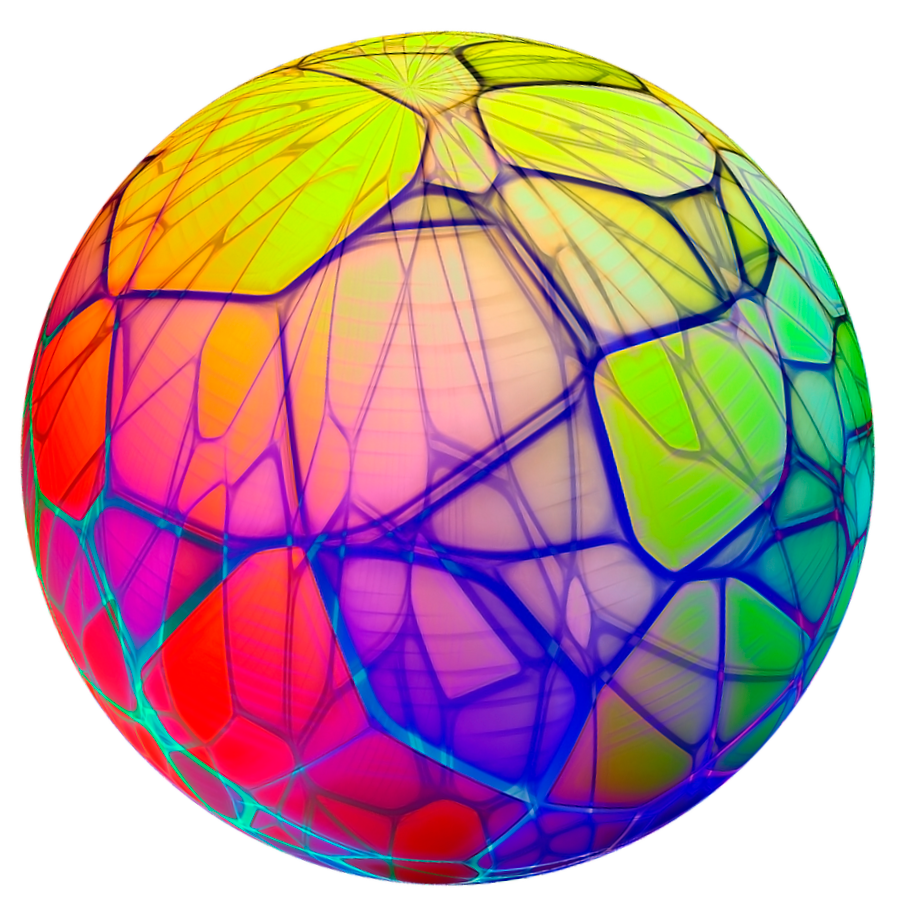| Журнал: Progress in Neurbiology, Vol. 51, pp. 195 to 222, 1997 |
Department of General and Experimental Pathology, Universityof Graz Medical School,
Mozartgasse 14, A-801O,Graz, Austria
|
| Год: 1997 | УДК: |
During the last 20 years, mutual communications between the immune, the endocrine and the nervous systems have been defined on the basis of physiological, cellular, and molecular data. Nevertheless, a major problem in
the new discipline ‘GPsychoneuroimmunology” is that controversial data and differences in the interpretation
of the results make it difficult to obtain a comprehensive overview of the implications of immunoneuroendocrine
interactions in the maintenance of physiological homeostasis, as well as in the initiation and the course of pathological conditions within these systems. In this article, we will first discuss the afferent pathways by which immune cells may affect CNS functions and, conversely, how neural tissues can influence the peripheral immune response, We will then review recent data, which emphasize the (patho)physiological roles of hippocampal–amy gdala structures and the nucleus accumbens in neuroimmunomodulation.
Neuronal activity within the hippocampal formation, the amygdaloid body, and the ventral parts of the basal ganglia has been examined most thoroughly in studies on neuroendocrine, autonomic and cognitive functions, or at the level of emotional and psychomotor behaviors. The interplay of these limbic structures with components of the immune system and vice versa, however, is still less defined. We will attempt to review and discuss this area of research taking into account recent evidences for neuroendocrine immunoregulation via Iimbic neuronal systems, as well as the influence of cytokines on synaptic transmission, neuronal growth and survival in these brain regions. Finally, the role of Iimbic structures in stress responses and conditioning of immune reactivity will be commented.
Based on these data, we propose new directions of future research.

